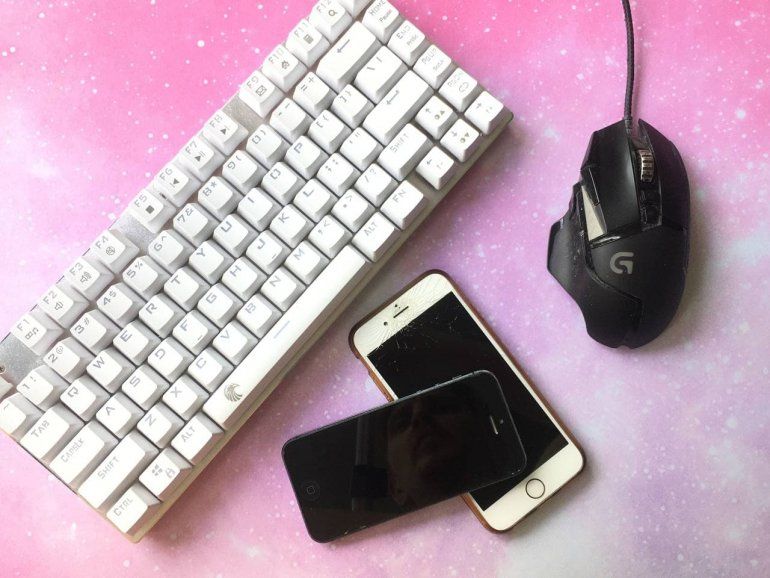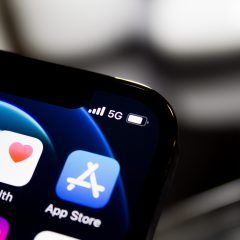On March 23, 2017 Early Access to PlayerUnknown’s Battlegrounds opened on PC, after a brief period of interest building with popular streamers on a handful of servers. It wasn’t exactly a slow start to what would become one of the most played games of all time on arguably the most popular game distribution platform, Steam.
But with the help of the world’s top streamers such as Shroud, DrDisRespect, TimTheTatman, and PewDiePie, PlayerUnknown’s Battlegrounds (PUBG for short) rose to gaming royalty in under a year of its release, clocking in a brain-melting three million average players a month on Steam alone.
The launch was… rocky to say the least. Spurred on by huge interest from the community early on (no doubt thanks to one of gaming’s all-time greatest marketing pushes), Bluehole, the South Korean-based developer of the game, had to rapidly focus their efforts on stability and network improvements for the title, attempting to keep pace with the rapidly growing playerbase and their myriad of problems. Despite the endless amount of fixes, the game still did (and does) suffer from some fairly bad performance issues.
Coupled with the incredibly high hardware requirements of the game, PUBG found itself being more or less enjoyed by millions of vocal fans who struggled to find gaming nirvana through its myriad of issues.
That being said, it was a huge success and for the players who managed to run the game smoothly, it offered one of gaming’s most sweaty and exhilarating experiences in living memory. (The only time this writer felt the same thunderous heart palpitations was when playing PUBG’s predecessor, the DayZ mod for ARMA2.)
By the start of 2018, the streaming community had long sunk its influential claws deep into the forest of Erangel (PUBG’s premier map), broadcasting to tens of millions of viewers on Twitch and YouTube every month, to a swath of avid viewers that eventually learned the true headshot mastery and spray control of Shroud (ed: seriously, what the hell is that guy taking), and why PewDiePie was never allowed near a bridge again.
And with that popularity, more and more people poured their time into the game, on hardware that, safe to say, resembled a bag of slightly sprouting potatoes (myself included).
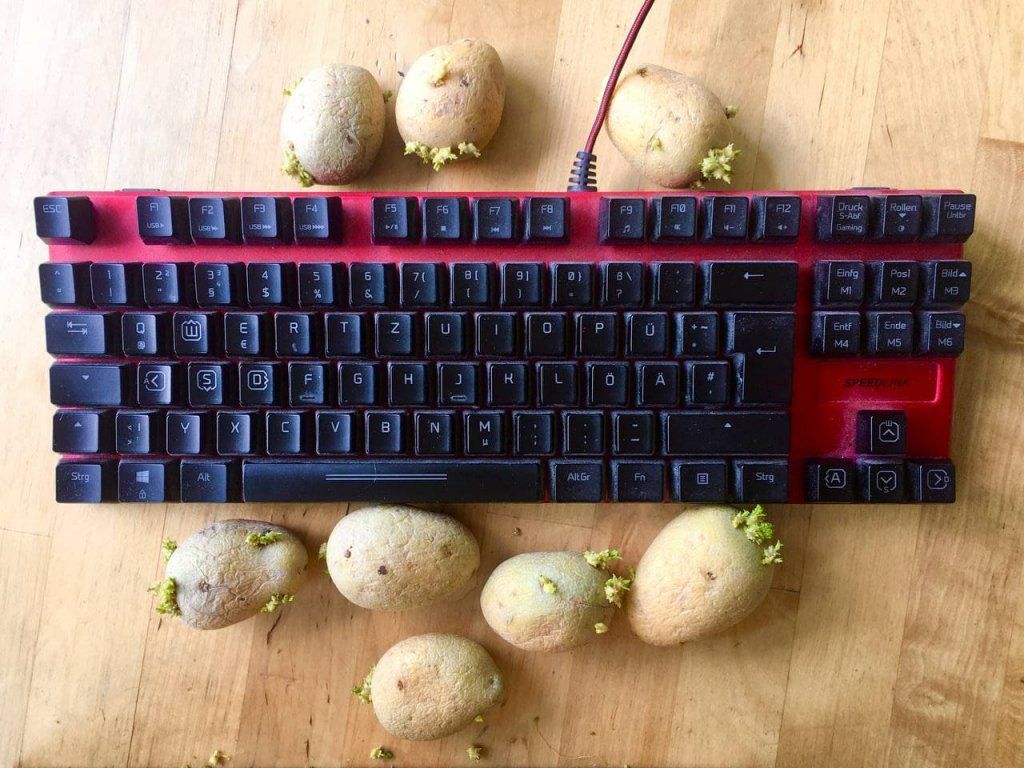
(An anecdote from me. Back in 2017 I found myself far from home, with a laptop that was about 6 years old at the time, that was used primarily for writing while I searched for steady work in a foreign land. As a gamer since I was 4, I deeply missed gaming. While wondering what to do with my life, I watched Twitch VODs from the aforementioned streamers, dreaming about playing PUBG and in February 2018, my prayers were answered.)
On the March 19, the English version of PUBG Mobile was released after wild success on the Chinese App Store and Play Store charts. A huge reduction in hardware requirements, coupled with a similar, although a more arcade-y style of gameplay, meant that finally those who weren’t rocking the latest and greatest PCs of the time could finally play PUBG. On their phones…
Now, you’re here because you like mobile gaming. But if you’ve played a shooter on your phone, and you’ve played a shooter on the PC, you know that there’s a certain advantage to playing FPS games with a mouse and keyboard, specifically when it comes to accuracy of your shots. There are some absolute god-tier PUBG Mobile players, but I was and never will be one of them, even with the handy triggers you can get to attach to your phone.
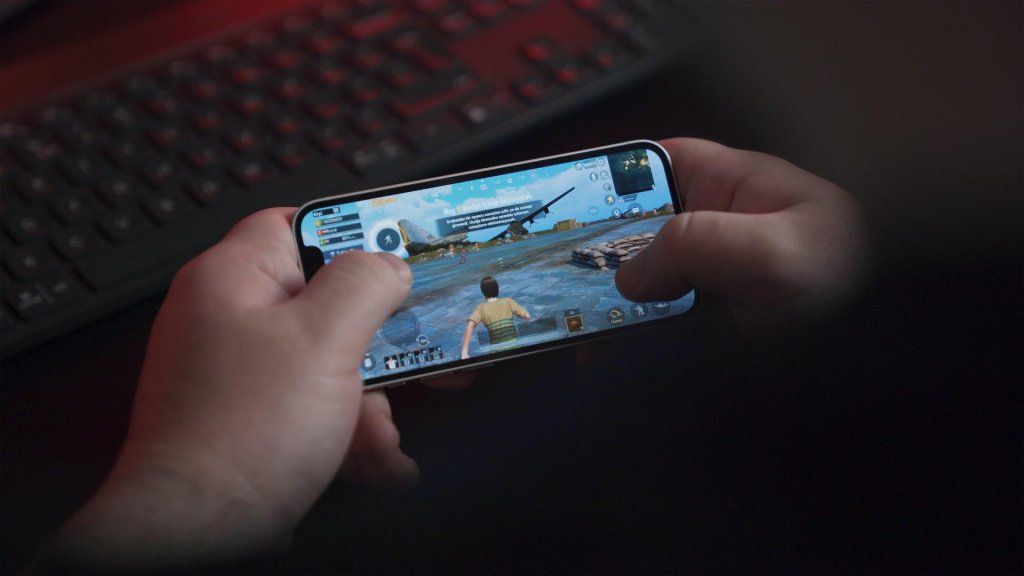
A few years before PUBG Mobile released, an Android emulator known as BlueStacks landed on the scene, giving Android players the chance to play their favorite mobile games on the PC, but with the added bonus of hugely reduced hardware requirements. Another emulator known as NoxPlayer saw its star rise in a pretty striking parallel to the release timing of PUBG Mobile.
These emulators saw a massive amount of players pile into the game, but there was a huge skill gap that occurred with the introduction of mouse aiming to a mobile game. Lightspeed & Quantum Studios, the developer of one of the mobile versions of the game, realized the issue ahead of time and almost immediately started to add segmented matching within their lobbies, doing their best to ensure that mobile players fought against mobile players, and the same for PC players.
With a few teething issues, it was hugely successful, giving low-specced PC players the chance to play at a silky smooth 60 FPS. And from personal experience: it was glorious. My old roommate and I probably played hundreds of hours of the game, me on my terrible laptop, him on a tiny ultrabook, and we kicked ass, even though the emulators at the time were pretty clunky and involved several workarounds to simulate the touches of the phone screen.
Ultimately, it wasn’t bad in terms of playability, but it wasn’t great until Tencent (the monolithic China-based gaming publisher and owner of Lightspeed & Quantum Studios) released Tencent Gaming Buddy, the PUBG Mobile dedicated emulator, straight from the development source.
After its release in 2018, it quickly became the number one emulator for PUBG Mobile as it ironed out a lot of the clunkiness of the other emulators in terms of how the button presses were being registered, as well as enabling a much more responsive control scheme when it came to different player states.
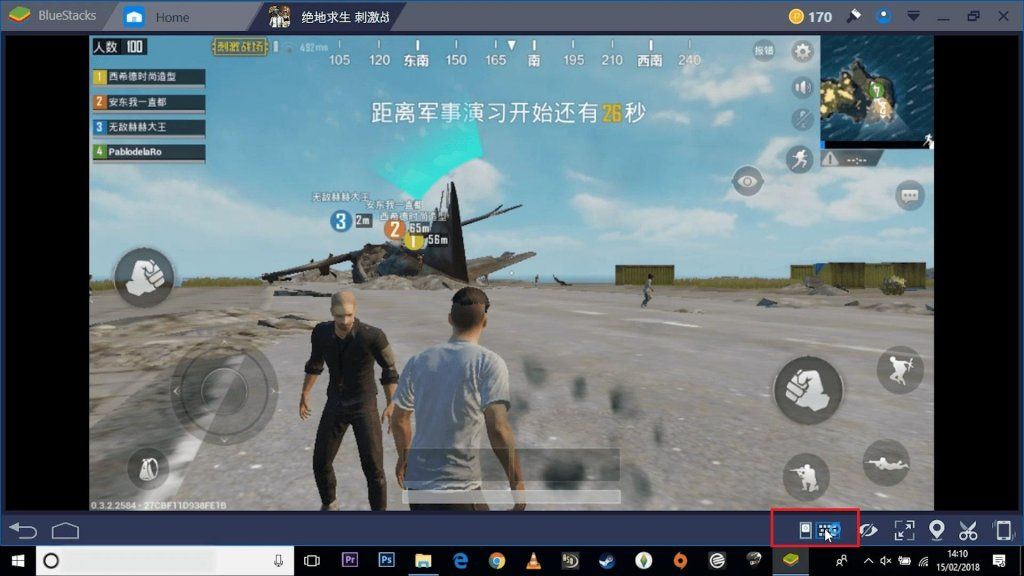
That being said, hacking wasn’t exactly a non-issue, but with a lot of users unifying under one emulator, it was reduced. A bit. But what Tencent Gaming Buddy (later renamed to GameLoop) did, was open the doors to hardcore gamers on very low-end PCs to be able to play some of the latest AAA releases.
As mobile gaming and PC gaming continues to close the gap between depth of gameplay, as well as with the technical possibilities on handheld devices, games like PUBG Mobile on GameLoop really are creating a new entry point for gamers who have been on the fence and even restricted from PC gaming due to the seriously high cost of entry, especially in the current cryptocurrency mining climate.
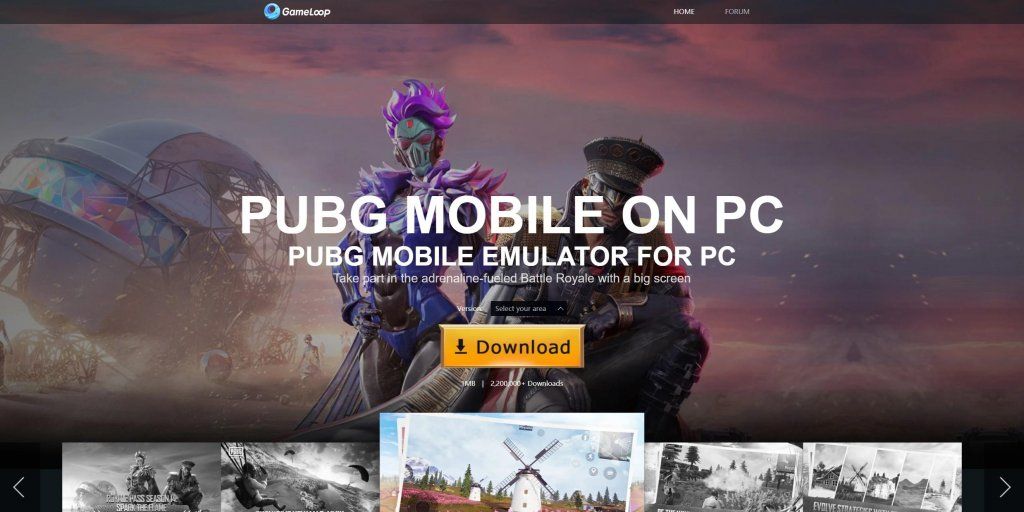
PUBG Mobile lead to the creation of PUBG Lite, another version purely for PC, based on the huge optimizations achieved in the mobile version of the game, but allowing an even cleaner (minus the hackers) experience again. With developments like these, mobile gaming is creating advancements in not just the portable space, but the desktop space as well.
So where does that leave mobile gaming within this Inception-like climate of mobile gaming within pc playing mobile games while you stream it on your phone and call you mom from Skype on the PC at the same time? Well, it bodes well, in this writer’s opinion.
Getting awesome games into the hands of more gamers is a good thing, and it’s awesome to see developers and publishers working to reduce the friction and barriers of entry, surely to grow their revenues and increase their monthly active users, but the residual results are objectively good games that anyone can play, literally anywhere (internet permitting).
We’re in a golden age of gaming, no matter what device you choose to use, and when we see the technologies play to each other’s strengths, then we see progress across the entire spectrum of gaming, one that we all get to enjoy.

